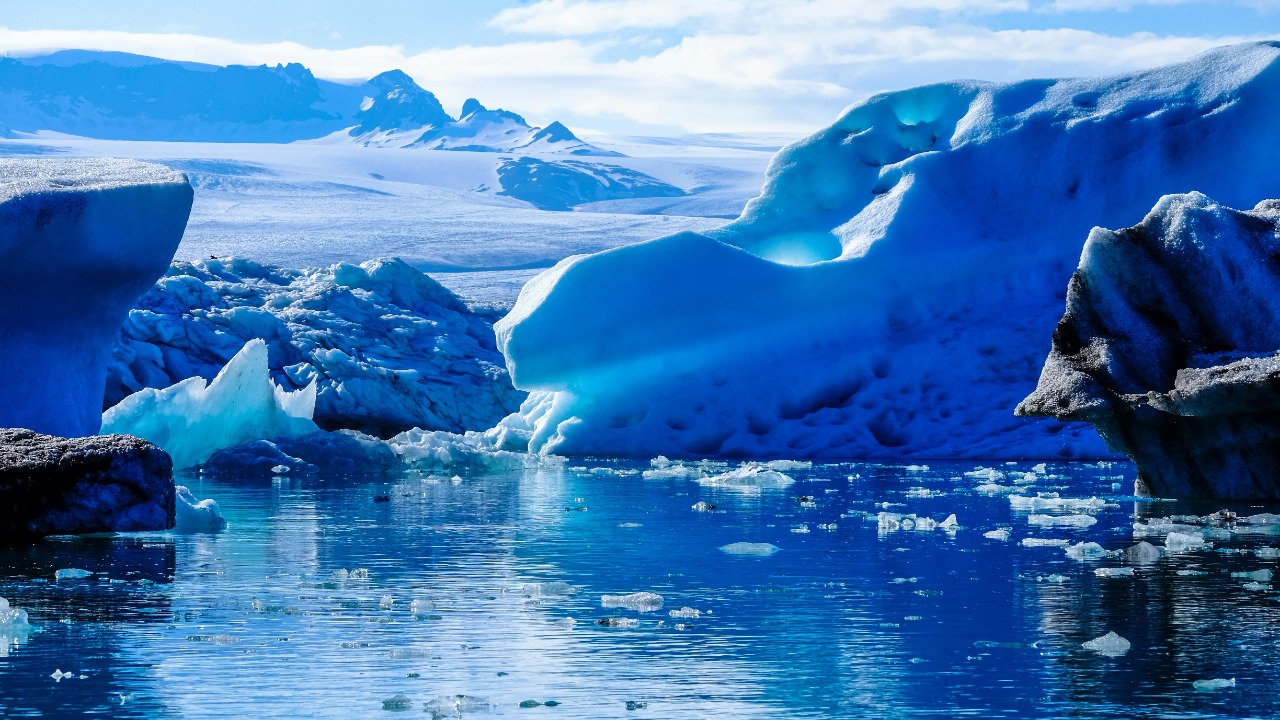
A recent study has unearthed evidence of a 9,000-year-old ice melt in Antarctica, shedding light on the alarming speed at which the continent’s ice structures can disintegrate under certain conditions. This discovery underscores the vulnerability of Antarctic ice sheets to rapid collapse, with far-reaching implications for global sea levels and ecosystems. The findings, reported in November 2025, utilize ancient ice core data to illustrate past melt rates that surpassed modern expectations.
Uncovering the Ancient Ice Melt
The discovery of the 9,000-year-old ice melt event is a testament to the power of sediment and ice core samples. These samples, preserved in Antarctic sites, hold records of sudden thawing that occurred millennia ago. The key evidence lies in the rapid progression of the ice melt over a relatively short geological timeframe in Antarctica. This event is not an isolated incident but is linked to broader patterns of ice instability observed in the region’s history.
Timeline and Scale of the Melt
The precise age of the ice melt, verified as 9,000 years old, was determined through radiocarbon dating of organic materials trapped in the ice. The estimated volume and speed of this ancient ice melt suggest a large-scale disintegration of ice shelves in Antarctica. Interestingly, the duration of this melt event contrasts with slower historical ice losses elsewhere on the continent, highlighting the potential for rapid ice loss under certain conditions.
Mechanisms Behind Rapid Disintegration
Several atmospheric and oceanic factors triggered the 9,000-year-old ice melt. Warming currents, for instance, undermined the bases of Antarctic ice, contributing to its rapid disintegration. Structural weaknesses in the ice also played a significant role, allowing the melt to accelerate and leading to widespread “fall apart” scenarios. Feedback loops, such as surface melting exposing darker rock, further accelerated ice loss during the event.
Implications for Antarctic Stability
The 9,000-year-old ice melt serves as a model for potential future collapses in Antarctica under rising temperatures. There is a risk of cascading effects, where initial melting in one Antarctic region could destabilize adjacent ice sheets. The dynamics of this event are mirrored in modern observations of thinning Antarctic ice, underscoring the continent’s overall fragility.
Lessons for Contemporary Climate Change
The speed of the 9,000-year-old ice melt bears relevance to current Antarctic warming trends, projecting similar rapid “fall apart” risks. The event’s role in past sea level fluctuations is also pertinent to today’s global rise predictions from Antarctic sources. Mitigation strategies informed by this ancient Antarctic ice melt could be crucial in preventing accelerated disintegration in the future.
Scientific Methods and Future Research
The techniques used to reconstruct the 9,000-year-old ice melt, including isotopic analysis of Antarctic ice cores, offer valuable insights into the past. Ongoing studies are building on this discovery to monitor real-time changes in Antarctica’s ice integrity. Further investigation into how such historical melts inform predictive models for the continent’s future stability is a promising area for future research.
As we grapple with the realities of climate change, the lessons from this ancient ice melt event serve as a stark reminder of the potential consequences of rapid ice loss. The findings underscore the urgency of understanding and addressing the factors contributing to ice melt in Antarctica. As the research continues, it is clear that the past has much to teach us about the future of our planet.
More from MorningOverview